What to do when your wife gets sick? Do you need to part in anger? Maybe you can be her friend ... or even brother? It's doable! In addition, it was proved by a ruler who we would not suspect of any positive reflexes towards ex-spouses.
In 1537, Henry VIII Tudor unexpectedly became a widower. Jane, his third wife, died in childbirth. Although she had given him the son he wanted, he had no one to beget another son with. 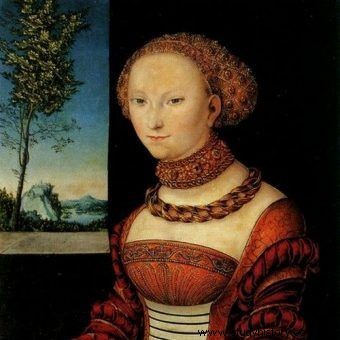
The decision about the next marriage was delayed by the state of the ruler's health. Blockage of the pus outlet from the calf ulcer in 1538 led to acute pulmonary embolism, which threatened the king's life. But after recovering from the collapse, he vigorously started looking for a spouse.
A widower of bad reputation is looking for a wife
Even before Jane's funeral, the king drew attention to Maria de Guise, a young widow and mother of two sons. But he was late - she had already caught the eye of his nephew, the King of Scotland. Anyway, she was said to have maliciously commented that her neck was too narrow to marry the king of England.
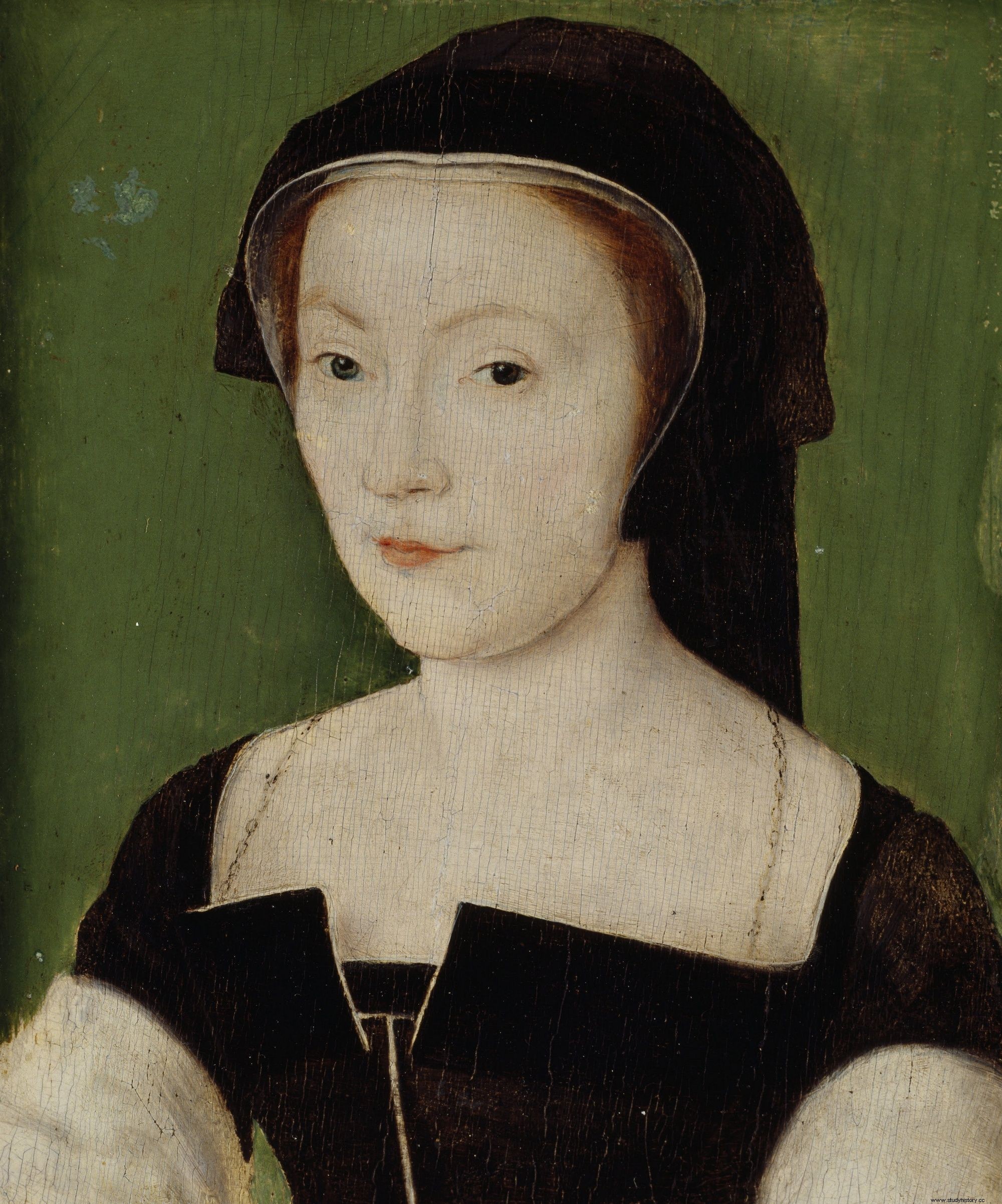
The beautiful Maria de Guise has already caught the eye of Henry's nephew. Anyway, the fate of Anna Boleyn did not make me marry the king of England ... Portrait of Mary by Corneille de Lyon, made around 1537 (source:public domain).
Henry VIII ordered a review of the other French princesses. The French ambassador joked that if they were to parade before the king like horses, maybe he would also want to mount them and keep the best. Henry VIII blushed and decided to seek his wife elsewhere. At the end of 1538, there were talk of two candidates - the Duchess of Milan and the Kiwi Princess.
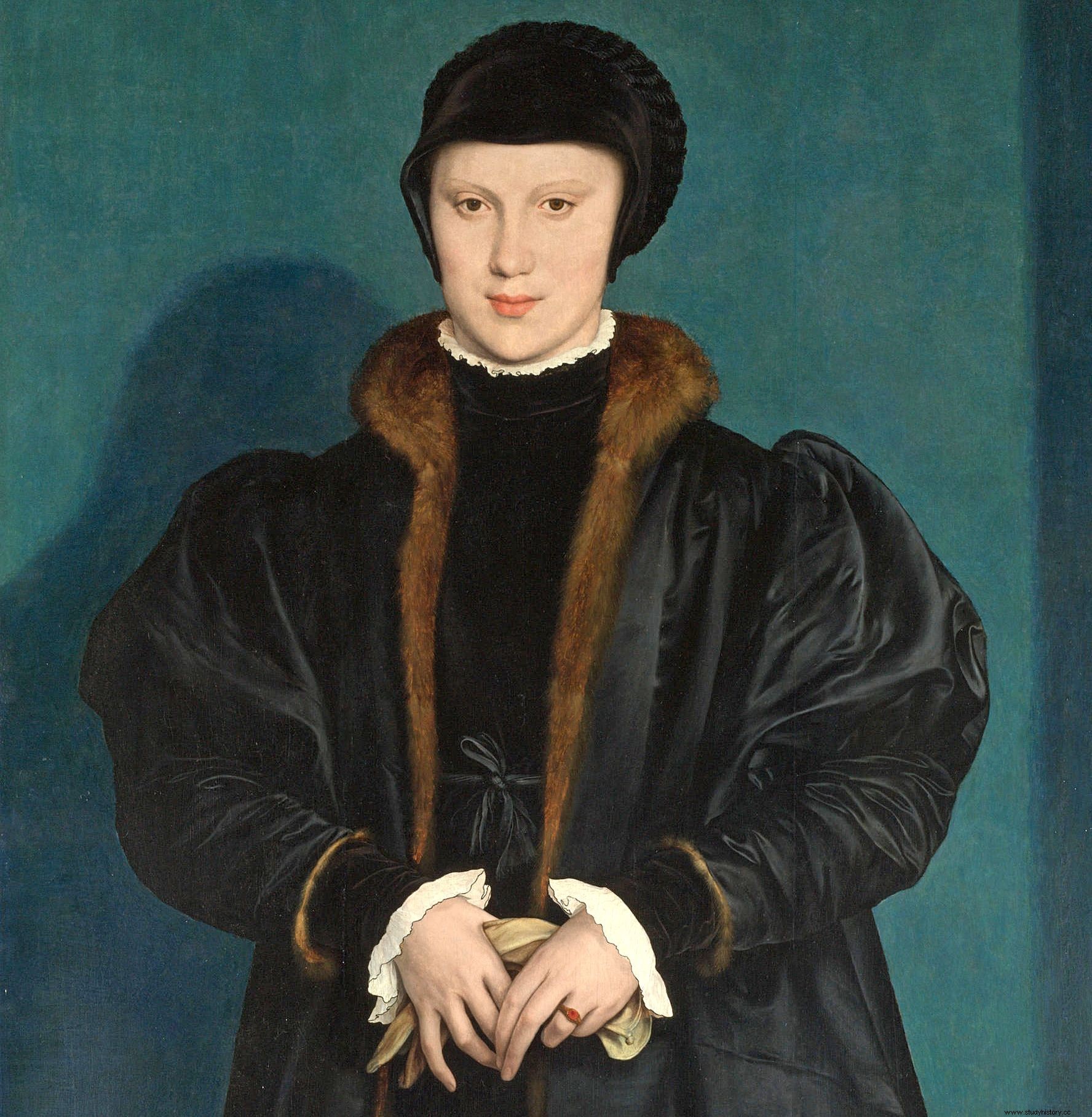
When Henry VIII saw this image of the Duchess of Milan, he immediately fell in love with her. However, neither she nor her family wanted an English marriage. A few years later, the girl became the Duchess of Lorraine. Christina of Milan, née Danish princess, in a painting by Hans Holbein from 1538 (source:public domain).
The former was the granddaughter of ... his first wife's sister! The sixteen-year-old widow had a charming character, excellent education, and when she deigns to smile, dimples appear in her cheeks and chin that suit her perfectly . Henryk was delighted with her. The duchess was different. She reportedly stated that would only give him his head if she had one more.
A naked princess maybe?
Anna Kliwijska, according to an account from 1538, was not of outstanding beauty. However, her brother-in-law was one of the Lutheran leaders of the Reich. The Franco-Habsburg dispute that guaranteed peace to England was over. You were in danger of being isolated. Establishing contacts with Protestant rulers was to ensure security.
At the beginning of 1539, an English envoy appeared in Kliwia. It was supposed to investigate Anna's beauty and character . At court, everyone admired her, claiming that it eclipses the Duchess of Milan as much as a golden sun eclipses a silver moon .
Henryk wanted proof - a portrait. The Kliwian vice-chancellor offered the English envoys an old painting, but they did not know if it was her image, because when they saw her, her face and figure were covered. The Vice-Chancellor asked if they would rather see her… naked . Finally, the image was painted by Hans Holbein, without making the model too much embellish.
Anna embroidered, wrote and read a lot in German. She was gentle, obedient and restrained. And here the list of advantages ends. She did not know foreign languages and could not play any instrument. She was not prepared to enter the world of intrigue of the Tudor court.
New Year's Eve masquerade
On October 4, 1539, a marriage treaty was signed, but bad weather imprisoned Anna on the continent. Only on December 27 did it stand on the other side of the English Channel. The first meeting was scheduled in Greenwich on January 3, 1540. They were both in a hurry. Anna left the next day, and the king decided to surprise her and visit her incognito . He was sure she would recognize him and fall in love at first sight.
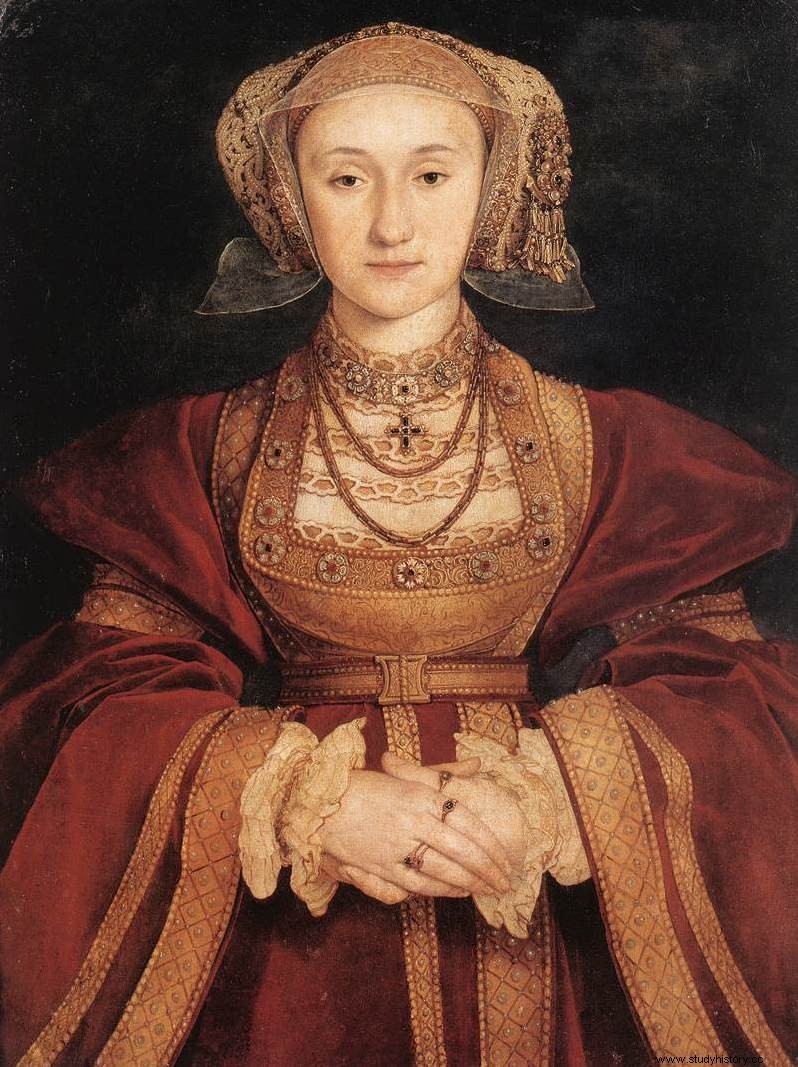
Contrary to popular opinion, Hans Holbein did not embellish Anna Kliwińska in particular while painting the engagement portrait (source:public domain).
On New Year's Eve 1539, Anna stayed at Rochester Castle, from where she watched the dogs rushing on a bull - entertainment prepared especially for her. Suddenly, a few identically dressed men in hoods obscuring their faces entered the room . One of them stepped forward, kissed Anna, and presented a gift from the king. She didn't know who the audacious man was, so she just thanked him. Though the intruder tried to get close to her, she ignored him as she looked at the spectacle.
The impatient man left. He came back clad in a purple velvet cloak. It was the king! Embarrassed, Anna bowed, but the bad impression remained . After dinner and a casual conversation, Henryk left. He was supposed to say briefly: I don't like it .
Anna was not really a beauty. She looked thirty (and twenty-four), had a long nose and smallpox beaks . Most importantly, she dared not recognize him.
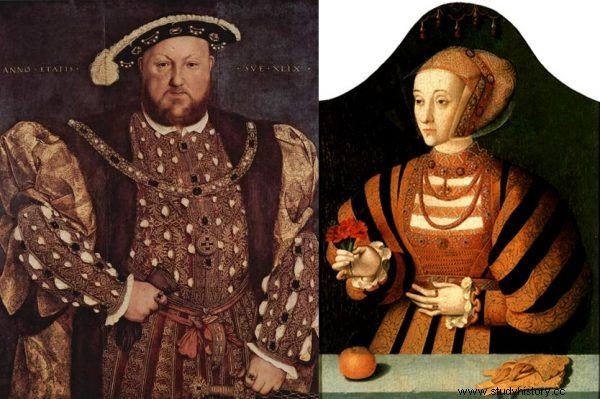
They were not allowed to live long or happily ... And it was because of the exorbitant expectations of the king. Portraits of Henry VIII by Hans Holbein and Anna by Bartholomäus Bruyn the Elder from around 1540 (source:public domain).
The wedding was supposed to take place on January 4, but it was postponed because the king was dramatically looking for a way to avoid it. He clung to Anna's former engagement with the Duke of Lorraine. The next day, however, she made an official statement that she was free. In addition, Henry was pressed against the wall. By breaking the union he would offend the German masters and lose his continental allies.
The word of the king
The wedding took place on January 6. The king showed no sign of disappointment. He hugged his wife and kissed her. In his oath he said:
I, Henry, take you as my wife, and I will be with you from now on for better and for worse, in prosperity and in poverty, in health and in sickness, death will not do us part and on that I give you my word .
The honeymoon turned out to be a disaster. Anna seemed unattractive to Henryk, disgusted him . Her not very firm breasts and belly were a sign of losing her virginity . He claimed to have had unpleasant odors from the front and back .
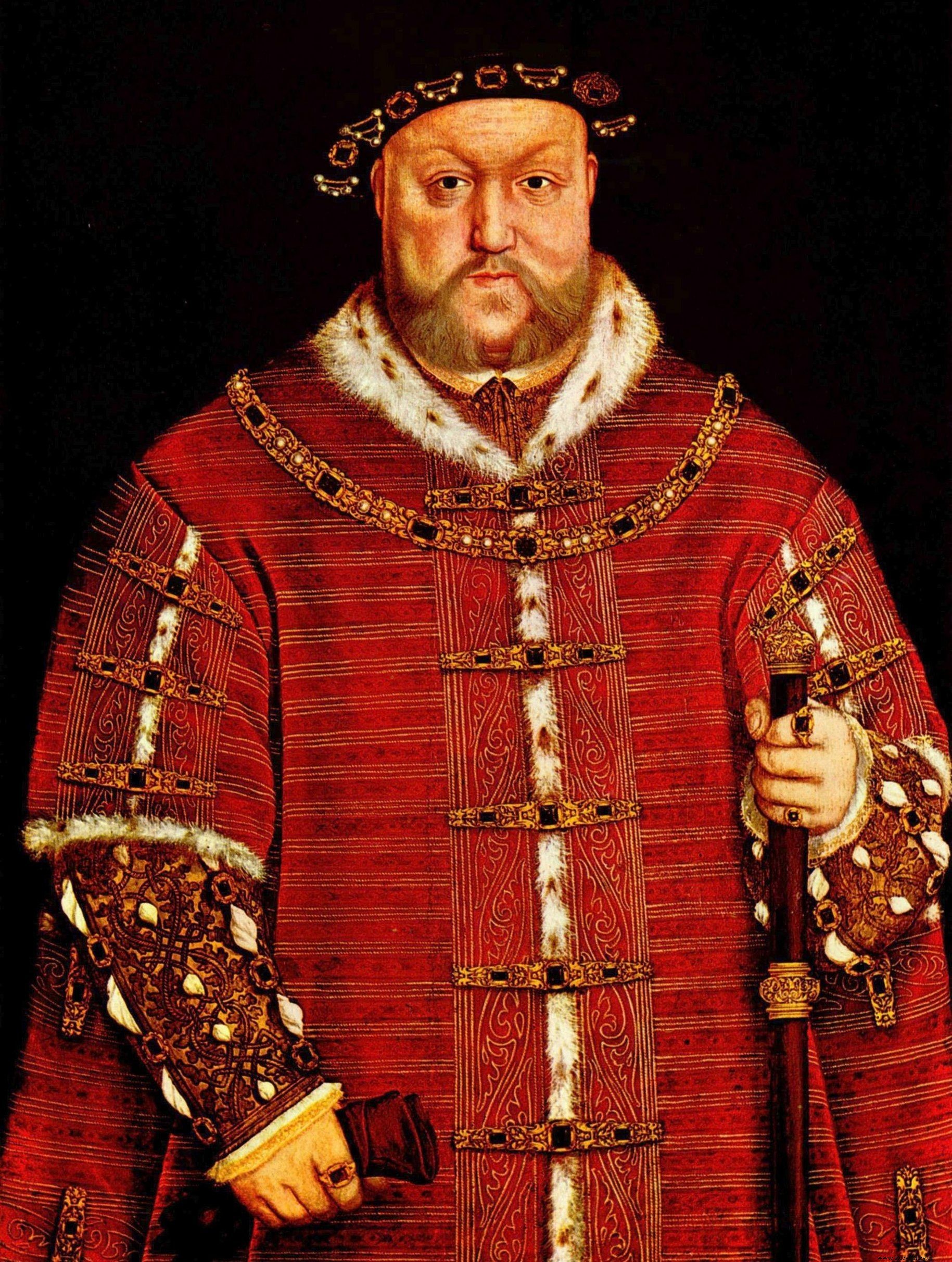
Henryk felt his wife, and since her body was not "firm enough", he began to doubt her virginity. Picture by Hans Holbein from around 1542 (source:public domain).
Nevertheless, there is no doubt that Anna was a virgin and knew nothing about sex. She was content with kisses goodnight and good morning. As for the smell, the king was accompanied by the terrible stench of pus oozing from the calf.
The king, however, wrote to his brother-in-law that he was happy, and Anna thanked her brother for such a marriage that she could not wish for another . On February 4, the capital greeted her enthusiastically. There were rumors that she was going to be crowned at Pentecost.
Meanwhile, the emperor, busy with the revolt in Ghent, could not attack England. The political purpose of marriage has disappeared . Besides, the young brides appeared at the court with the queen. Henry was dizzy with Catherine Howard, a plump teenager with whom he had been romancing at least since Easter. He decided to divorce.
I declare you ... brother and sister
On June 24, the queen was ordered to leave the court , promising that Henryk would join her later. He did not join. On July 6, however, she was visited by royal envoys with information that the matter of the legality of her marriage would be under investigation. The queen fainted and only the next day gave her consent.
The evidence sounded ridiculous, but Henry discovered how flexible the law could be. He testified that on the wedding day he was driven by fear, so the marriage was not legally binding. Anyway, Anna was never released from her contract with the son of the Duke of Lorraine. Out of scruples, he refrained from completing the marriage. He stated that if Anna had brought a wreath with her she is still a virgin.
On July 9, the Council declared the six-month marriage null and void. Anna was devastated. Her pain eased when she found out that the king was going to treat her like a ... sister! She quickly accepted this offer. She accepted the divorce by letter, adding that only obedience prompts her to give up her love for Henry.
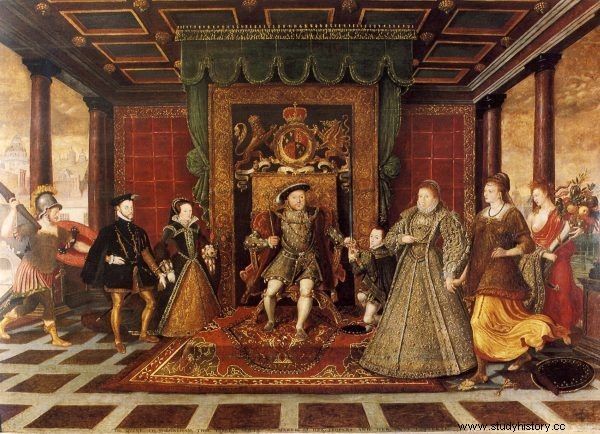
For Anna, there was no place in the allegorical painting depicting the family of the King of England. To the left of Henry VIII, Maria I and her husband Philip Habsburg, to the right - Edward VI and Elizabeth I. A painting by Lucas de Heere from around 1572 (source:public domain).
The king was surprised by her submission. He replied to her letter describing the terms of the financial arrangement. Anna received two large houses close to the court where she was to be always welcome, a high annual salary and service appropriate to her status as a royal "sister" . She stood in the court hierarchy right behind the king's wife and children. Hardly any divorce took place in an equally friendly atmosphere.
Court swap of roles
So Anna stayed in England as her ex-husband's sister . She did not return to Kliwia, because she was afraid of the revenge of her brother.
Eighteen days after the divorce, Henryk married Katarzyna Howard - a young but disturbingly sexually experienced woman. Surprisingly, he had no objection to her virginity…
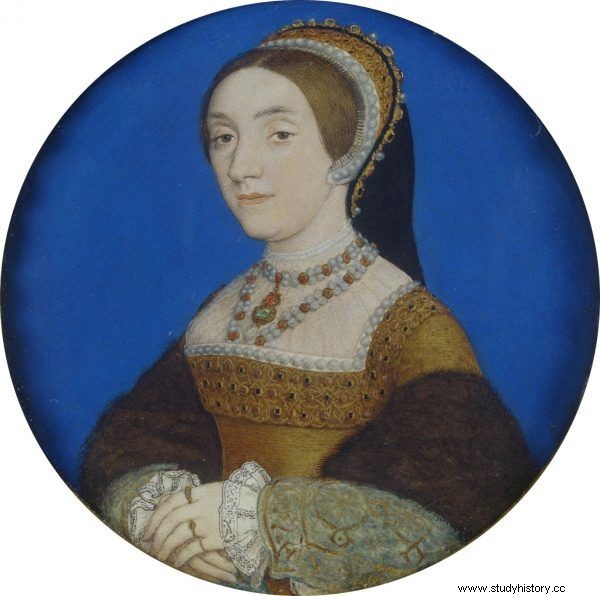
She started as Anna's maid, ended up as her successor ... Katarzyna Howard in a portrait by Hans Holbein around 1540 (source:public domain).
Anna visited them for the first time on January 3, 1541. A few months earlier, Katarzyna was one of her mansions. Now it was Anna who, after entering the chamber, acted like a court maid.
Catherine received Anna kindly, and the king embraced her and kissed her. The three of them sat down to dinner. When Henry went to bed, the two ladies danced merrily with each other . The next day the party was still going on and it wasn't until January 5th that Anna left the manor.
A sister for a wife?
After freeing himself from the compulsion of intercourse, the king discovered that ... he liked Anna's company. "Siblings" have become friends . In August 1541, rumors even spread that the king was going to ... divorce his fifth wife and return to the fourth one. Anna gained a bit of weight, which led to rumors that she gave birth to him a child. The subjects felt that their remarriage would be fair, considering her to be the sweetest and most gracious queen of England.
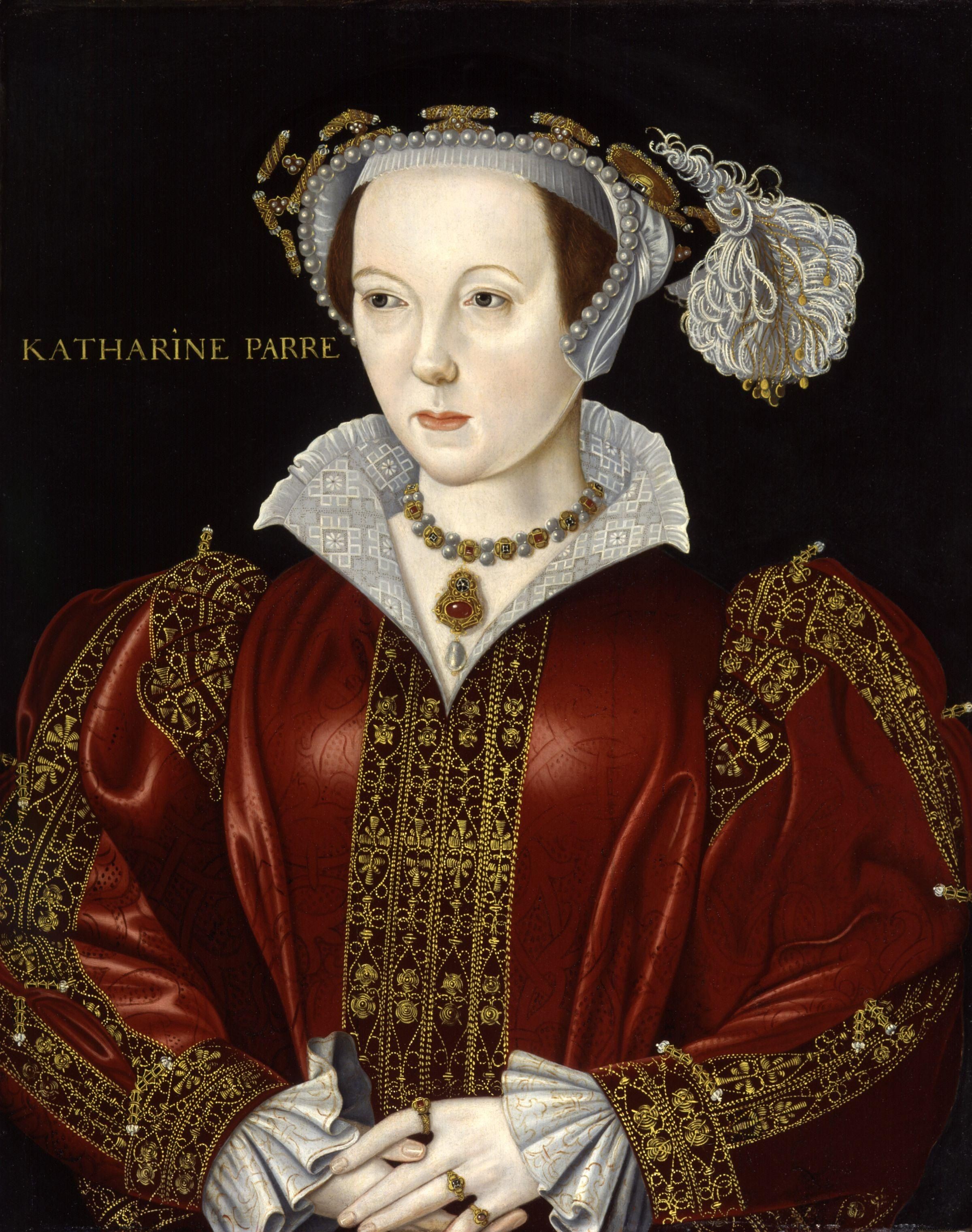
Anna failed to be married to Henry VIII again. His sixth spouse was Katarzyna Parr, which hurt the more that she was neither younger nor more beautiful than Anna (source:public domain).
The king, however, decided not to take her back. She complied, although she was said to be indignant when he took Katarzyna Parr as his sixth wife, older and uglier than her.
After the king's death, Anna sought to… annul the annulment of her marriage so that she could become the widow queen. Her request was ignored. She spent the rest of her life prosperous and independent, always cheerful and joyful . She died on July 17, 1557. As the only wife of Henry VIII, she was buried in Westminster Abbey.
